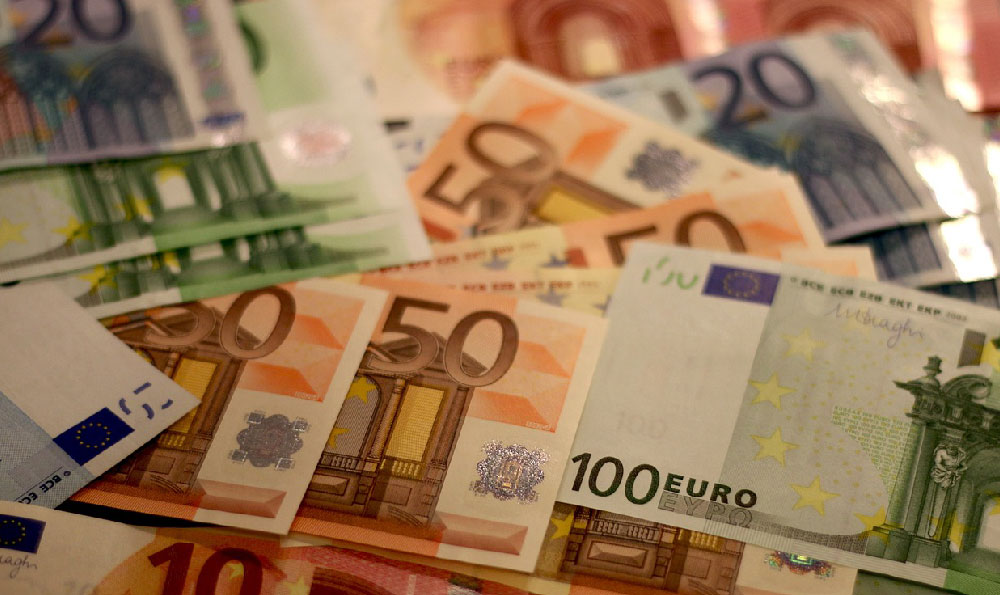The Harry Potter film franchise, adapted from J.K. Rowling's beloved series of novels, became a cultural phenomenon and a massive commercial success. Quantifying its exact financial impact requires examining various revenue streams and associated industries, but the core film series itself generated an astounding sum. Beyond mere box office numbers, the movies' influence extended to merchandise, tourism, literature, and even shaped a generation's understanding of fantasy and storytelling.
The eight Harry Potter films, released between 2001 and 2011, collectively grossed over $7.7 billion worldwide at the box office. This figure places it amongst the highest-grossing film franchises of all time. Harry Potter and the Deathly Hallows – Part 2, the final installment, alone contributed over $1.3 billion to this total, becoming one of the highest-grossing individual films in cinematic history. These numbers are raw figures, not adjusted for inflation. If adjusted, the ranking might fluctuate slightly compared to more recent blockbusters, but the overall impact remains undeniable.
However, the box office figures represent only a portion of the franchise's total financial success. The secondary markets, driven by home video sales (DVDs, Blu-rays, and digital downloads), television rights, and streaming licensing deals, added significantly to the overall revenue. While precise figures for these revenue streams are difficult to ascertain due to studio confidentiality and varying agreements over time, it's safe to assume they added billions more to the franchise's earnings. The enduring popularity of the films guarantees continued revenue generation from these sources for years to come.

Merchandising played a crucial role in the financial success of the Harry Potter brand. From wands and robes to stationery, toys, and video games, the range of merchandise associated with the films was vast and highly sought after. Companies like Lego and Electronic Arts secured lucrative licensing deals to produce Harry Potter-themed products. The revenue generated from merchandising alone is estimated to be in the billions of dollars, solidifying Harry Potter's status as a global brand powerhouse. This extended beyond simple trinkets, encompassing high-end collectibles and experiences, like personalized wands and replica props, catering to a wide demographic.
The creation of The Wizarding World of Harry Potter theme parks at Universal Studios further demonstrates the financial impact of the franchise. These immersive experiences allow fans to step into the world of Harry Potter, complete with meticulously recreated locations, rides, and themed shops. The theme parks have proven to be incredibly popular, driving tourism and generating significant revenue for both Universal Studios and the surrounding areas. The success of the Orlando park led to expansions and new locations in other parts of the world, including Japan and Hollywood, showcasing the global appeal and enduring demand for the Harry Potter experience.
Beyond the financial figures, the Harry Potter films exerted a profound cultural influence. They captivated audiences of all ages, sparking a renewed interest in reading and fantasy literature. The films' themes of friendship, courage, and overcoming adversity resonated deeply with viewers, and the characters became iconic figures in popular culture. The success of the films paved the way for other fantasy adaptations and helped to legitimize the genre in Hollywood.
The films also had a significant impact on the careers of the actors involved, particularly Daniel Radcliffe, Emma Watson, and Rupert Grint, who rose to fame as the central trio of Harry, Hermione, and Ron. Their portrayal of these beloved characters shaped the public's perception of them, and they became role models for a generation of young fans. While navigating the pressures of child stardom, they successfully transitioned into adult roles and continued to pursue successful careers in acting and other fields.
The Harry Potter films also fostered a strong sense of community among fans, who bonded over their shared love of the books and movies. Online forums, fan conventions, and other gatherings provided spaces for fans to connect, share their thoughts, and celebrate their fandom. This sense of community continues to thrive today, with new generations discovering the magic of Harry Potter and joining the global fan base. The constant stream of new content, including spin-off films like the Fantastic Beasts series and the Harry Potter and the Cursed Child play, helps maintain the franchise's relevance and appeal.
Furthermore, the Harry Potter phenomenon had a lasting impact on the publishing industry. The success of the books encouraged publishers to take risks on other young adult fantasy novels, leading to a boom in the genre. The books also demonstrated the power of word-of-mouth marketing and the importance of engaging with readers online. The series' immense popularity helped to elevate the status of children's and young adult literature and paved the way for other authors to reach a wider audience.
In conclusion, the Harry Potter films generated immense financial success, exceeding $7.7 billion at the box office alone, with billions more from merchandising, home video sales, and theme park revenues. Beyond the financial figures, the films had a profound cultural impact, inspiring a generation of readers, fostering a global fan community, and shaping the landscape of fantasy literature and film. The franchise's enduring popularity and continued revenue generation demonstrate its lasting legacy as a global cultural phenomenon. The story of the boy who lived continues to enchant audiences worldwide, making it one of the most successful and influential entertainment properties in history.












